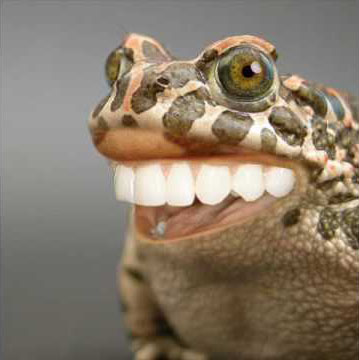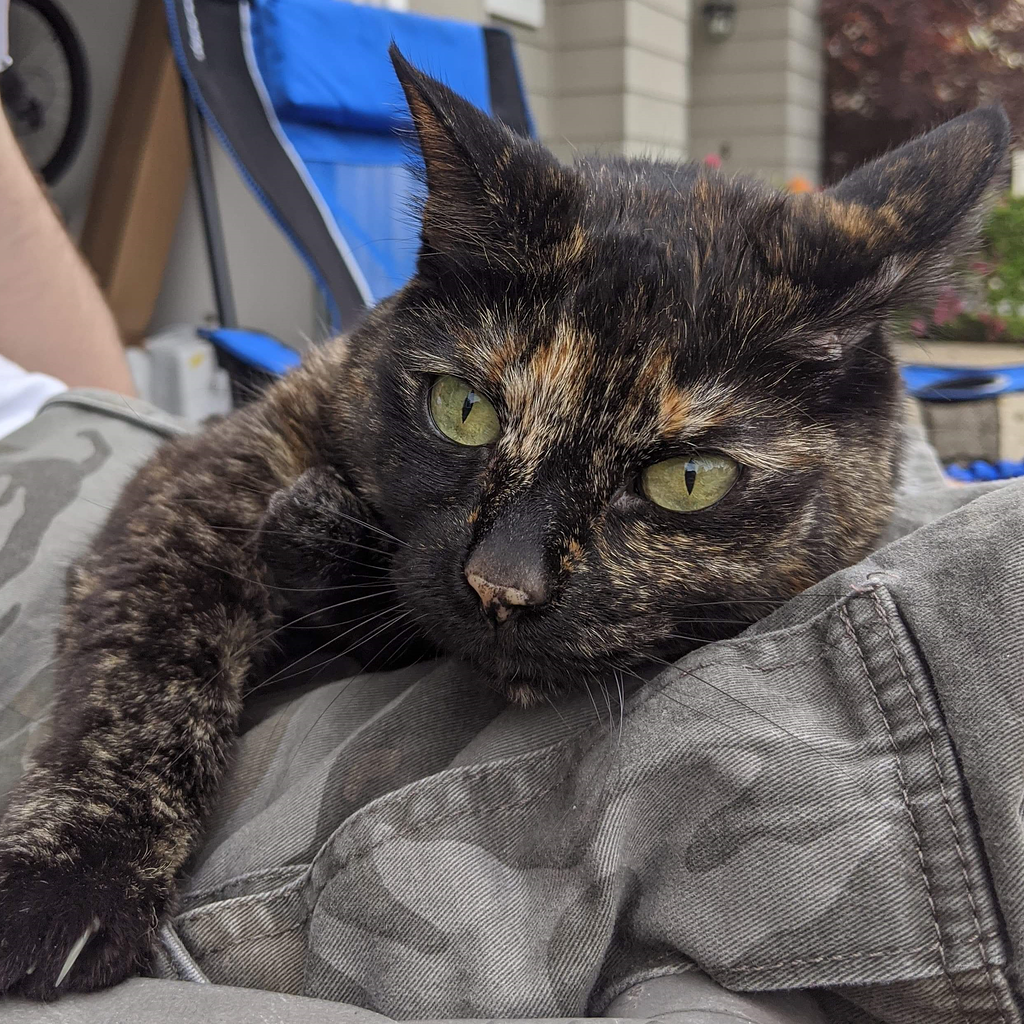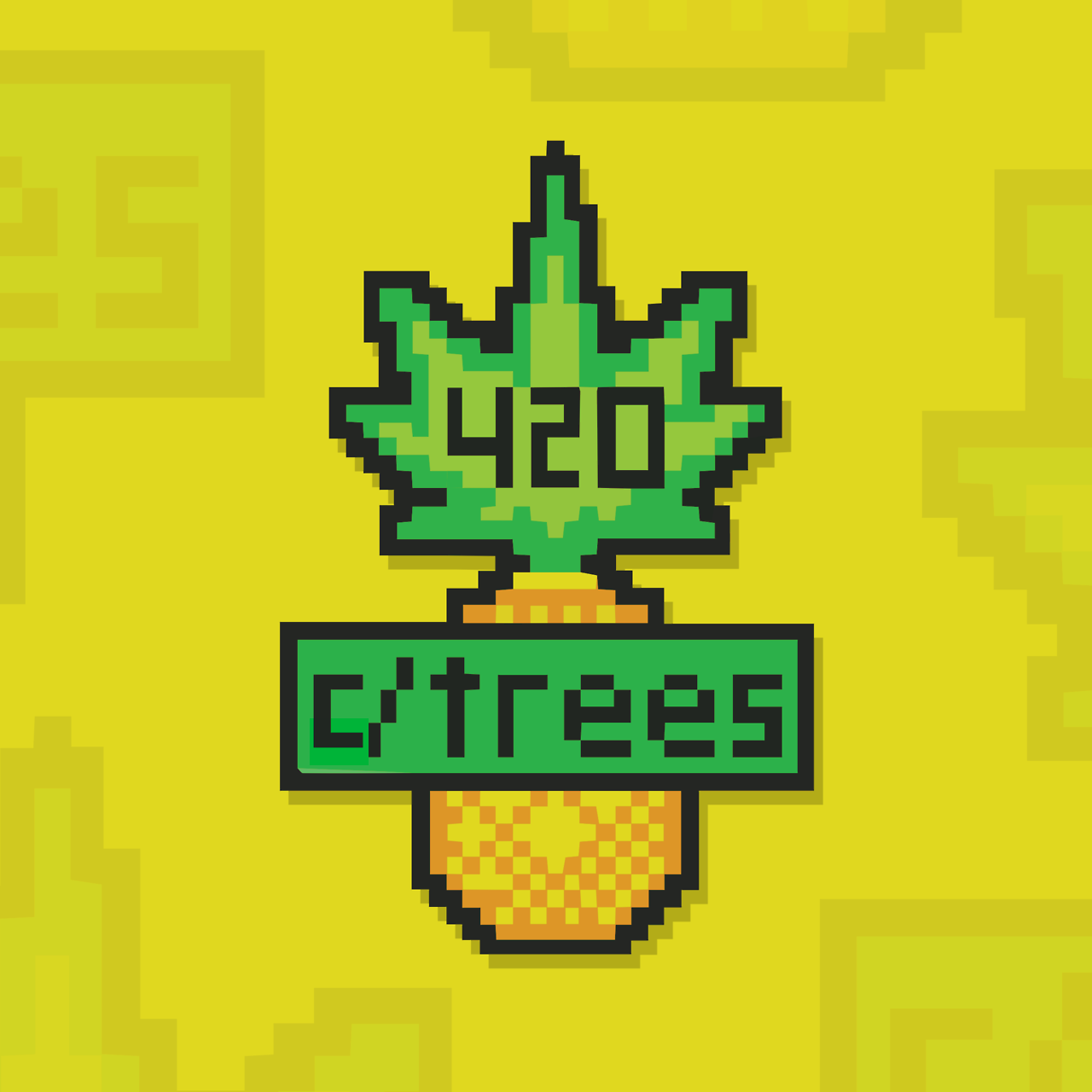Hell yes. These socks go anywhere: stay home where the wood(like) floor is at, you get to speed skate and drift the corners all day long on your way to the kitchen. Someone calls you up and wants to go out, you just need a cute dress and some patent leather shoes. Shit is awesome
spinnetrouble
- 0 Posts
- 38 Comments
Yup yup radio

Haha welp, I’m out
https://en.m.wikipedia.org/wiki/Cymothoa_exigua
This is an example of the type of tongue-replacing creature you found, not necessarily the same species.
So that’s a fun twofer: you know a possible name for what you saw, and you know that a parasite replacing a host’s organ is one of nature’s fun survival strategies!

 3·17 days ago
3·17 days agoIt’s a bad title. We’ve known about kleptosomes for a while, but this study talks more about how it works: how the stolen organelles are maintained by the animal and used as an energy source when there’s no food. (Interestingly, when they start to break down the commandeered chloroplasts, the plasts degrade like they do in nature, leading to a color change for the slug!)
This cat is perfect.
Update: This cat is so pretty, they make me want to hug my cats again, that’s how perfect this cat is
TIL that horses start off as nightmare-shod animals D:
Wait, what? Please tell me more about this horror nail, I had no idea
I bet the designer is a quilter at NASA :)
Boops boops and Bison bison!

 5·2 months ago
5·2 months agoIncredible, right?! Telling them you’re moving internationally speeds up account cancelation, but they’ll still keep you on the phone for like ten minutes!

 31·2 months ago
31·2 months agoWhen you cancel your Comcast, telling them you’re moving internationally ends things much faster than saying you’re switching providers.
Above is a free link to a Washington Post op-ed from a year ago about why plastic recycling is bullshit. Here’s a human-generated summary:
- “Recycling” old plastic requires the addition of much more new, unused plastic. At least two-thirds of the most efficiently “recycled” plastic is the new, unused plastic holding the mixture together.
- Plastic is made from petroleum processed with really toxic shit that has never undergone human safety studies. (These are the PFAS that everybody’s squawking about, along with heavy metals.) Plastic threatens human health, and now that we’re starting to look for micro- and nanoplastics in tissue samples and out in the environment, it’s being found everywhere from brains and reproductive organs to the bottom of the Mariana Trench.
- Plastic recycling plants are environmental catastrophes due to the amounts of plastic particles they release into their surrounding areas, putting an even greater health burden on the people living nearby.
- Plastic is for landfills. It goes against everything many of us were taught growing up, but plastic truly is for landfills. The stated goal was “reduce, reuse, recycle,” but industry has really pushed the idea that recycling plastic is enough. It isn’t.
I say this as someone who loves plastic: sherpa fleece, that super soft cotton-poly blend t-shirt material, colorful toys and tchotchkes, and everything else you can make out of a material that light, strong, and durable. I hate that it’s dangerous and damaging because it’s just so fucking convenient!

 20·4 months ago
20·4 months agoProtogen has entered the chat

 6·5 months ago
6·5 months agoFor hunters who want to keep the characters/palicos they made in one of the betas, the option is at the very bottom of the character/palico creation screens





I am definitely wearing striped thigh highs when I meet a god so we can be sock twins